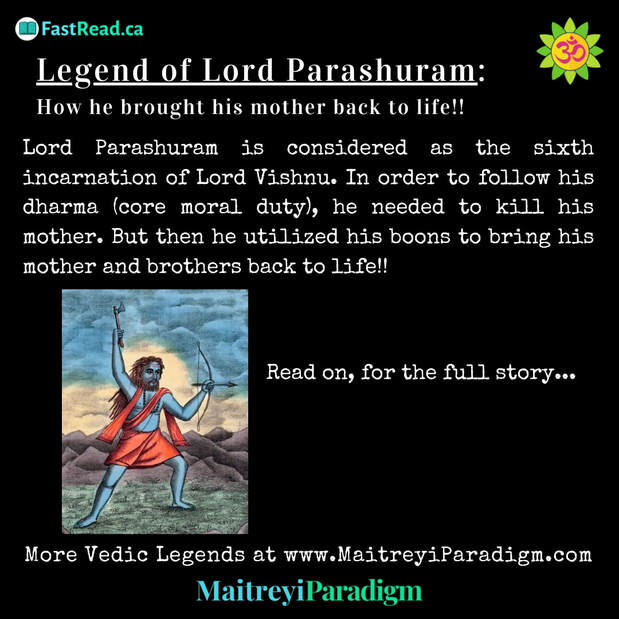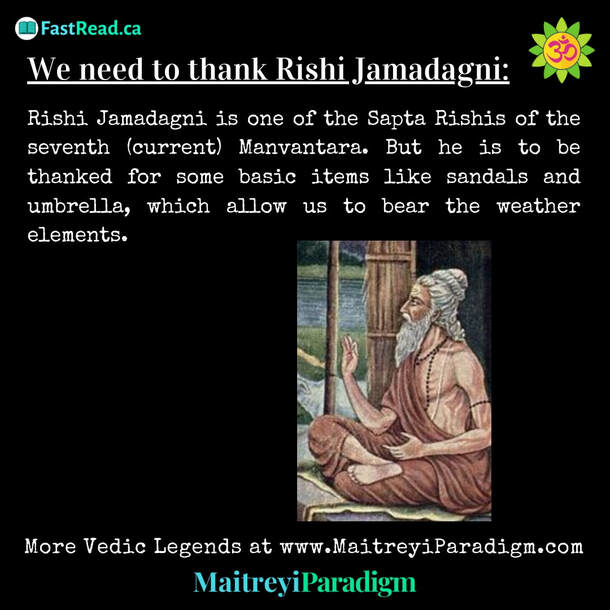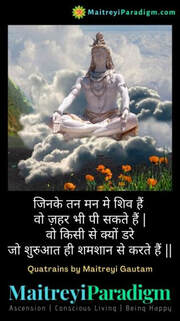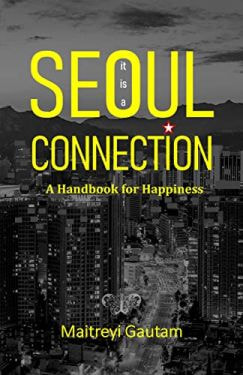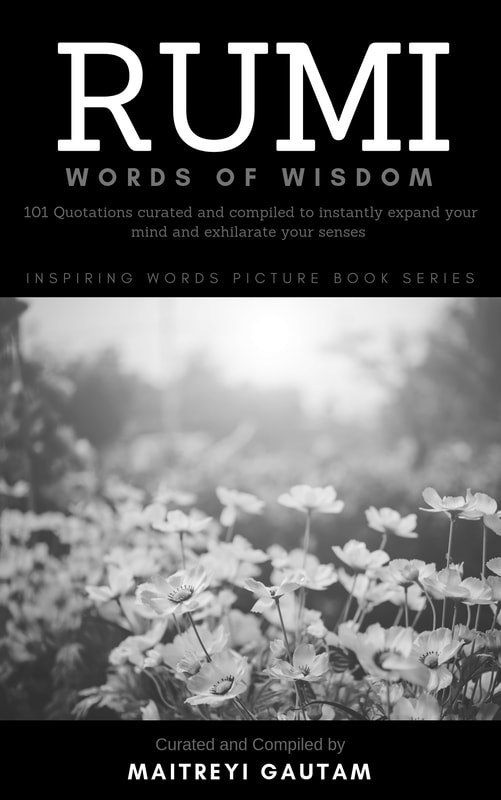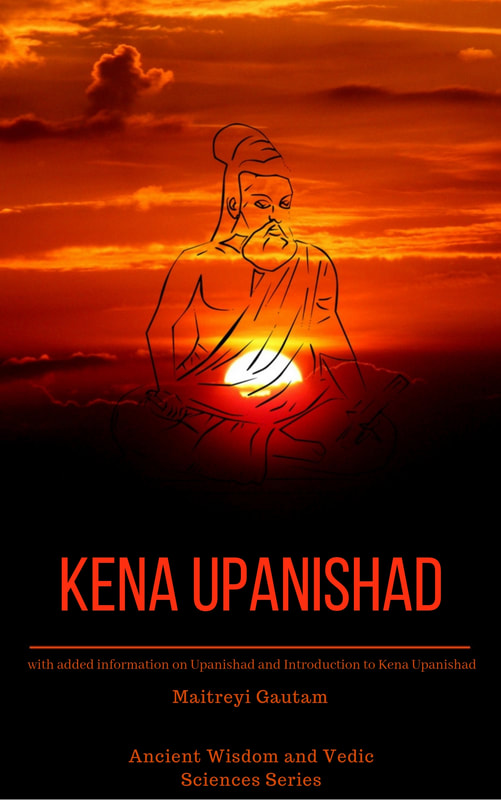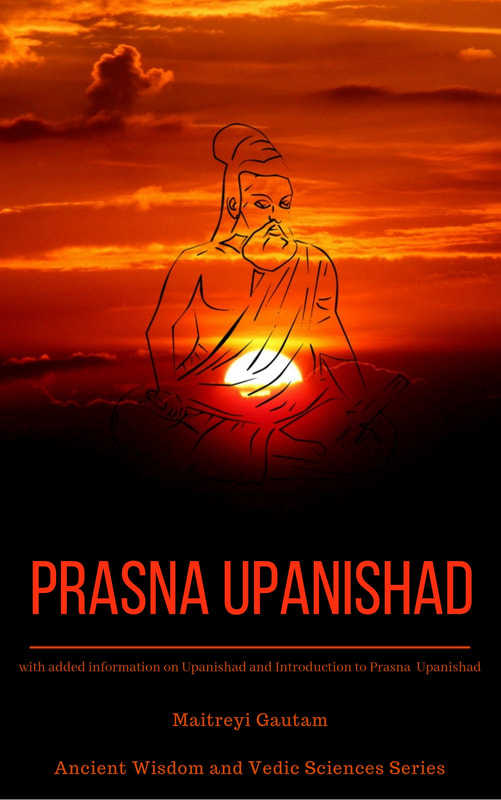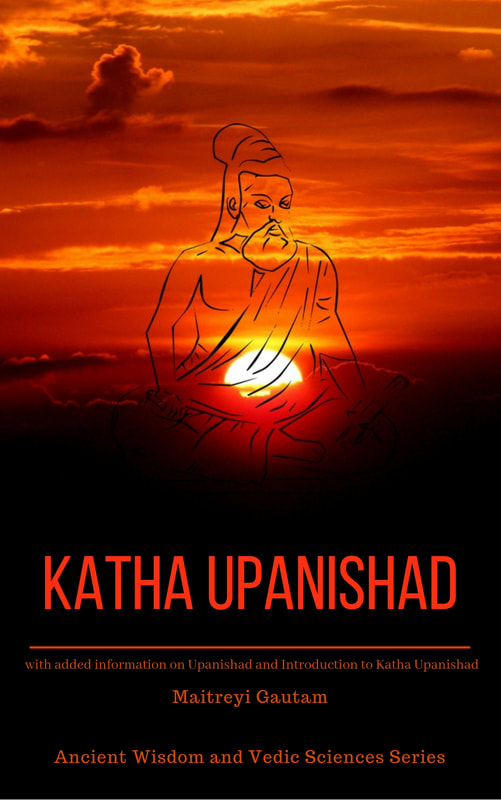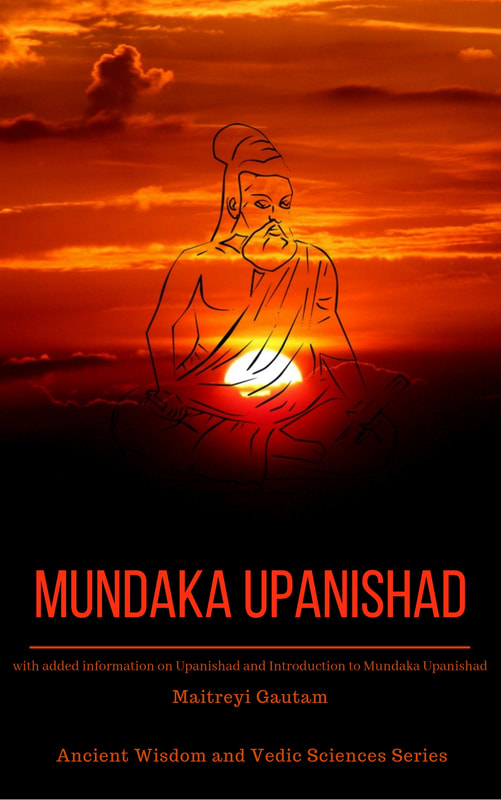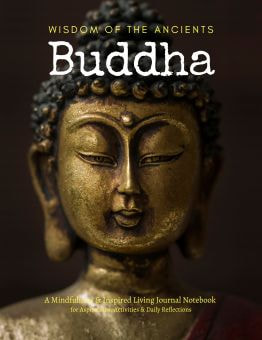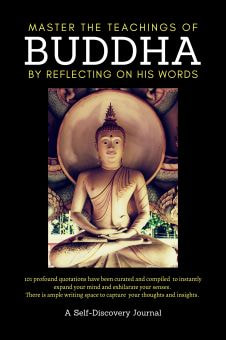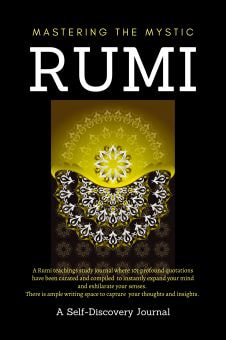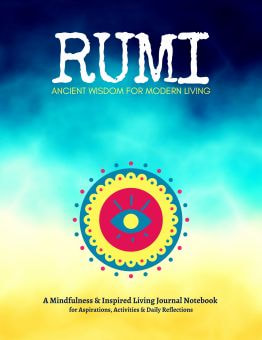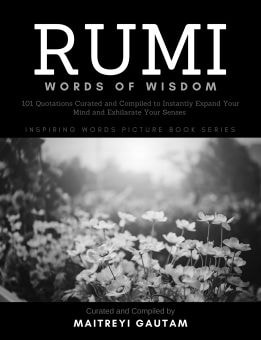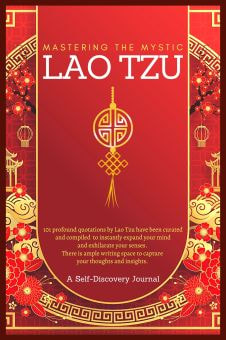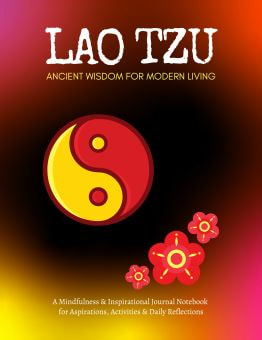IntroductionNarada Jayanti is an auspicious festival that celebrates the birth anniversary of Sage Narada, a divine personality renowned for his wisdom and knowledge of the Vedas. Narada is considered a celestial sage and is often depicted playing the veena, a musical instrument. He is a devotee of Lord Vishnu and is known for his ability to traverse the three worlds - heaven, earth, and the netherworld. This unique festival falls on the | |
Who is Sage Narada and why we celebrate Narada Jayanti?
Narada is attributed with the authorship of several sacred texts, including the Narada Bhakti Sutras, a treatise on the philosophy of devotion.
Sage Narada is recognized for his deep devotion to Lord Vishnu and is considered to be the ideal Bhakta or devotee. He is also the inventor of the Narada Gana Sangeetam, a system of classical music. By celebrating Narada Jayanti, devotees pay tribute to the sage's spiritual and artistic accomplishments and seek his blessings for their own spiritual growth.
Narada is also known as the divine messenger, playing a pivotal role in many mythological stories where he acts as a catalyst for change, guiding people towards truth and righteousness. He is often portrayed as a wanderer who roams the universe, sharing wisdom, spreading devotion, and resolving conflicts.
Narada Jayanti is an opportunity to remember and appreciate the sage's role in shaping Hindu mythology and inspiring people to lead righteous lives.
On the day of Narada Jayanti, devotees wake up early, take a ritual bath, and offer prayers to Sage Narada. They also visit temples dedicated to Lord Vishnu and perform special pujas to honor the sage.
Fasting is observed by some devotees, who break their fast after sunset by consuming prasad or sanctified food. The day is also marked by the recitation of scriptures, singing devotional songs, and discussing the life and teachings of Sage Narada.


